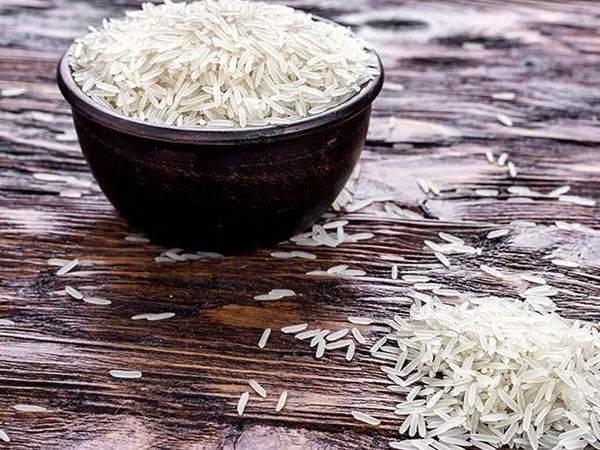 John Whitaker, a rice farmer in southeast Arkansas, talked rice with the Arkansas Game and Fish Commission on Wednesday during the commission's monthly committee meeting.
John Whitaker, a rice farmer in southeast Arkansas, talked rice with the Arkansas Game and Fish Commission on Wednesday during the commission's monthly committee meeting.
Whitaker's comments concerned the commission's Conservation Incentive Program. One component of the program pays rice farmers to leave some rice acreage fallow after the summer harvest. A minuscule amount of rice evades harvesters. The leftover seed sprouts before most ducks migrate to rice country. Under ideal conditions, it might grow a second "ratoon" crop. A ratoon crop produces a fraction of the first crop's yield, but grain might not be available for ducks.
Farmers operate on slim margins, Whitaker said, and they must squeeze every penny of value from their land. He said it's more cost effective after the harvest for farmers to burn rice stubble and start preparing their fields for the next year's crop.
Whitaker suggested that the commission pay rice farmers to simply leave an amount of rice unharvested or to plant harvested acres in millet. He said this option is economical because farmers would not need to burn diesel fuel to harvest rice under this arrangement. They would not need to store and dry this rice, nor would they need to dispose of stubble later. Furthermore, it would provide much more nutrition for ducks than does a harvested field.
Smallmouth biology
Jeremy Risley, the commission's black bass coordinator, gave a presentation on smallmouth bass biology.
Arkansas, Risley said, supports four distinct smallmouth bass populations. They include the generic smallmouth bass that is native to streams within the White River drainage, including the Buffalo River, Crooked Creek, Strawberry River, Spring River, Kings River and others.
We also have the Neosho strain, which inhabits streams within the Arkansas River drainage. You'll find them in the Mulberry River, Lee Creek and Illinois Bayou.
On the other side of the Arkansas River lives the Ouachita strain, which inhabits the Ouachita River, Caddo River, Saline River and other streams in the Ouachita River drainage.
Finally, we have have the Little River strain, which inhabits the southern slope of the Ouachita Mountains.
Each species has distinctive markings and characteristics, Risley said. For example, an Ozark smallmouth bass can grow larger than 20 inches and can live longer than 10 years. A Neosho smallmouth rarely exceeds 14 inches. Its lifespan is typically less than seven years.
When we talk about fish management, we're talking about habitat management and angler management, namely excessive harvest. Duane Hada, one of our state's most prominent fly fishermen, recently made this argument passionately to the commission when he noted the diminishing scarcity of advanced age smallmouths in proportion to increasing residential development and increased angler access on streams that once supported advanced-age fish.
The point -- and also Risley's point -- is that smallmouth bass is a unique and marketable resource in our state. Each species thrives with targeted management goals. Anglers expect to catch trophy size smallmouths on Ozark streams, so Ozark streams should be managed to provide high-quality fishing experiences. Neosho populations should be managed to ensure long-term survival. Little River and Ouachita smallmouths inhabit waters that are very hard to sample, Risley said. Therefore, the AGFC relies on anglers to supply data.
To encourage non-consumptive smallmouth fishing, Risley suggested that the commission establish a four-species Stream Smallmouth Slam. We endorse this idea. The commission could recognize the achievement with a certificate and a patch similar to those it issues with its Triple Trophy Award for deer hunters. You could frame the certificate and patch, sew the patch on your fishing vest, or combine it with your Triple Trophy patch to create a trophy uniform.
Everybody loves achievement awards. This is one that would raise awareness for a tourist attraction that Risley said is Arkansas's equivalent to the Statue of Liberty.













© Copyright 2025 The SSResource Media.
All rights reserved.